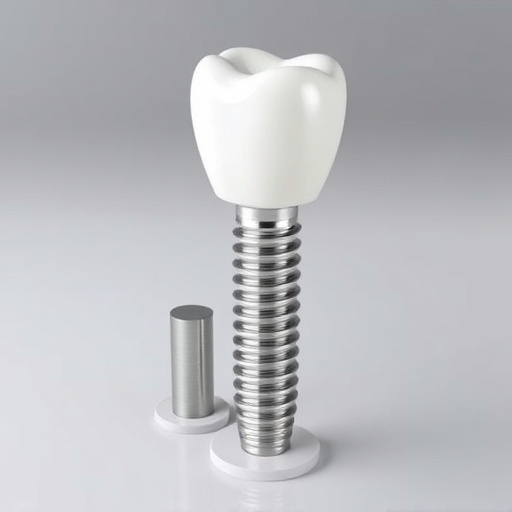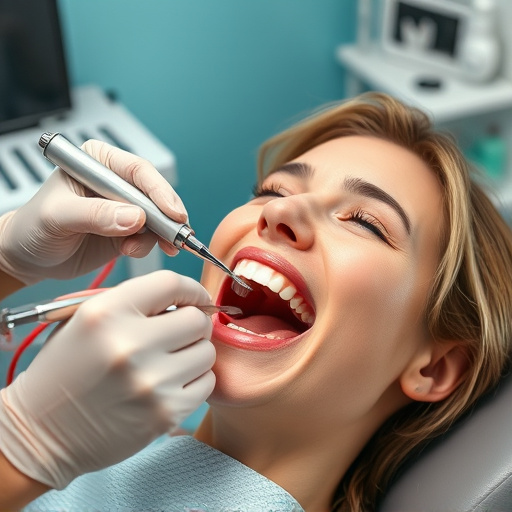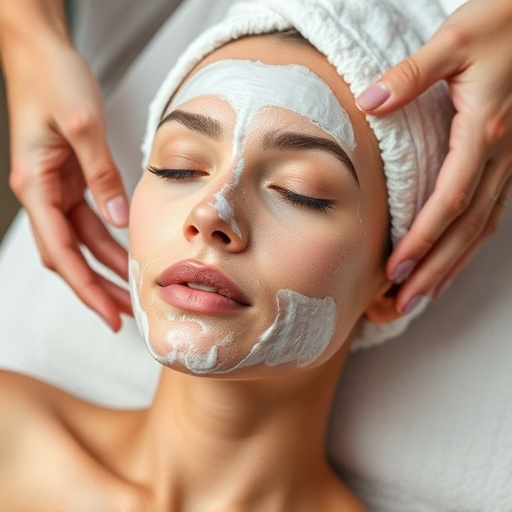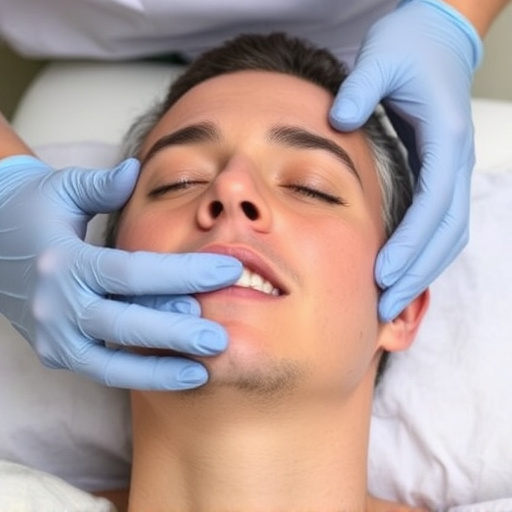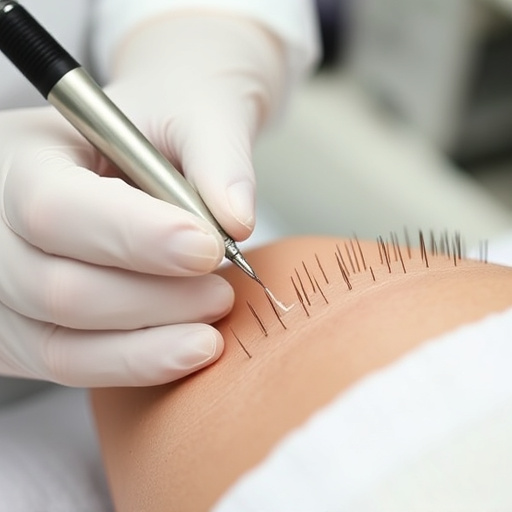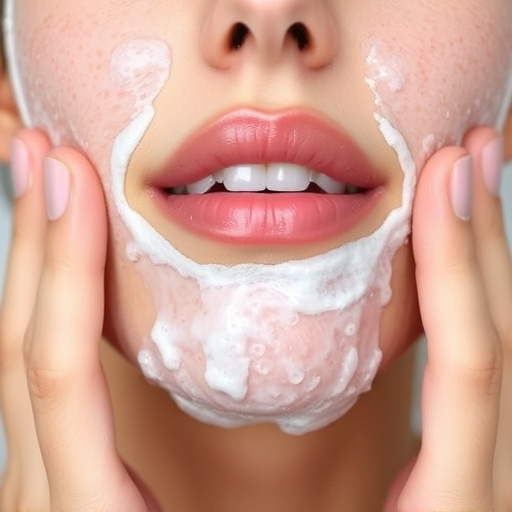Dermatitis, characterized by redness, itching, and inflammation, has various forms caused by diverse factors. Recognizing symptoms is crucial for accessing appropriate treatment, ranging from topical creams and lifestyle changes to advanced professional skincare techniques. Modern approaches emphasize gentle, holistic solutions over harsh chemicals, aiming for long-lasting relief and improved skin health. Specialized facial treatments complement broader strategies, offering comprehensive dermatitis management for enhanced overall well-being and a more vibrant appearance.
Dermatitis, a common yet often misunderstood skin condition, affects millions globally. This article delves into effective dermatitis treatment options, focusing on approaches that promote healing without harsh side effects. We explore traditional and modern treatment methods, highlighting the importance of understanding causes and symptoms. By adopting safe and effective strategies, individuals can achieve clear, healthy skin. Discover how tailored care and advanced techniques revolutionize dermatitis management, offering relief without compromising well-being.
- Understanding Dermatitis: Causes and Symptoms
- Traditional vs Modern Treatment Approaches
- Safe and Effective Healing Strategies for Dermatitis
Understanding Dermatitis: Causes and Symptoms

Dermatitis is a broad term for a range of skin conditions that cause redness, itching, and inflammation. It can be acute or chronic, with various triggers and symptoms. Common types include atopic dermatitis (eczema), contact dermatitis, and seborrheic dermatitis. Atopic dermatitis often presents as dry, scaly patches on the skin, typically affecting the face, neck, hands, and feet in infants and children. Contact dermatitis results from direct contact with irritants or allergens, leading to rashes, redness, and itching at the site of contact. Seborrheic dermatitis causes greasy, red patches, commonly observed on the scalp, face, and trunk.
Recognizing these symptoms is crucial for seeking appropriate dermatitis treatment. While severe cases may require prescription medications, many effective dermatitis treatments focus on soothing and moisturizing the skin to promote healing. These include topical creams with ingredients like ceramides, hyaluronic acid, and anti-inflammatory agents. Additionally, lifestyle changes such as avoiding irritants, maintaining good hygiene, and managing stress can significantly help in managing symptoms. For specific areas like the face, facial treatments designed for sensitive skin can be beneficial, complementing broader dermatitis treatment plans.
Traditional vs Modern Treatment Approaches

In the realm of dermatitis treatment, traditional methods often relied on harsh chemicals and topical corticosteroids to suppress symptoms. While effective in the short term, these approaches can lead to skin thinning, loss of elasticity, and other side effects that compromise the skin’s natural barrier. Modern treatment approaches, however, have emerged with a focus on gentler, more holistic solutions, prioritizing skin rejuvenation without sacrificing effectiveness.
Professional skincare has played a pivotal role in this shift, incorporating advanced techniques like targeted topicals, light therapy, and bioidentical hormones to address dermatitis at its root. Unlike conventional methods, these modern approaches aim to restore the skin’s natural balance, providing long-lasting relief while enhancing overall skin health. Even conditions previously resistant to treatment, such as severe acne or chronic eczema, are now seeing improved outcomes thanks to these innovative dermatitis treatments.
Safe and Effective Healing Strategies for Dermatitis

Dermatitis treatment focuses on soothing and repairing damaged skin while avoiding harsh chemicals that can exacerbate inflammation. Safe and effective healing strategies for dermatitis involve a combination of gentle topical applications, such as using hypoallergenic creams and ointments, and non-invasive facial treatments like hydrating facials. These approaches nourish the skin with essential moisture, promote cell regeneration, and reduce irritation without causing further discomfort.
Incorporating natural ingredients known for their anti-inflammatory properties, such as aloe vera and oatmeal, into skincare routines can also be beneficial. Additionally, specialized facial treatments that target specific dermatitis symptoms, like eczema or psoriasis, offer a holistic approach to skin rejuvenation. By combining these techniques, individuals can achieve significant improvements in their dermatitis treatment outcomes while enjoying the added benefits of healthier, more vibrant-looking skin.
In light of the above, it’s clear that effective dermatitis treatment focuses on safe, modern strategies that avoid harsh side effects. By understanding the causes and symptoms of dermatitis, we can navigate traditional vs. modern treatment approaches to find the best solutions. Adopting gentle, effective healing strategies ensures individuals can experience swift relief without compromising their skin’s health, ultimately promoting a positive and soothing recovery process.
